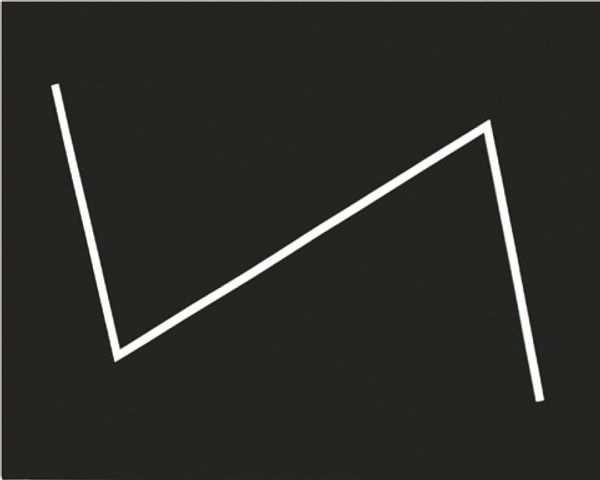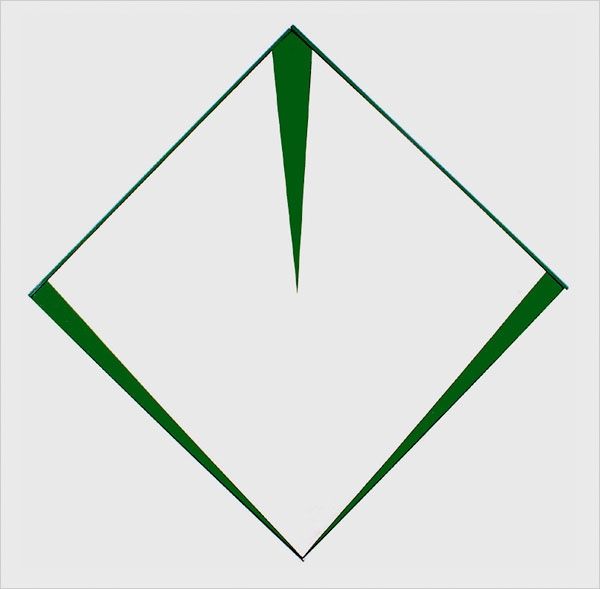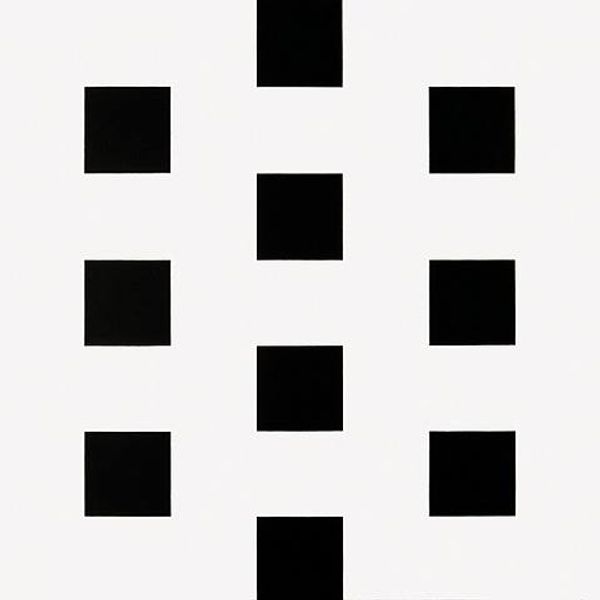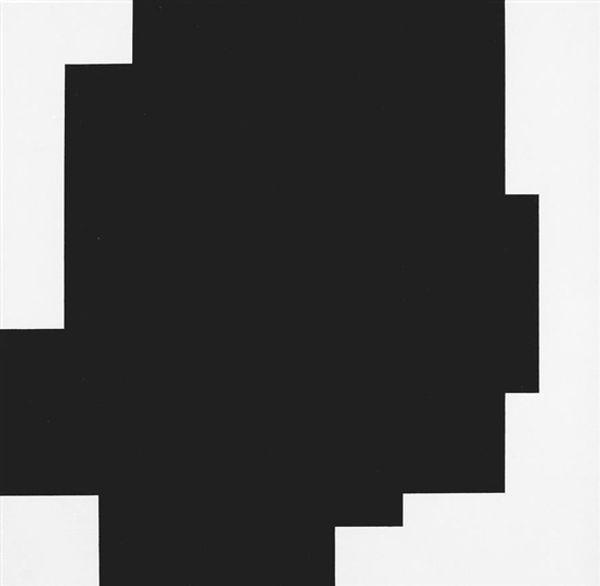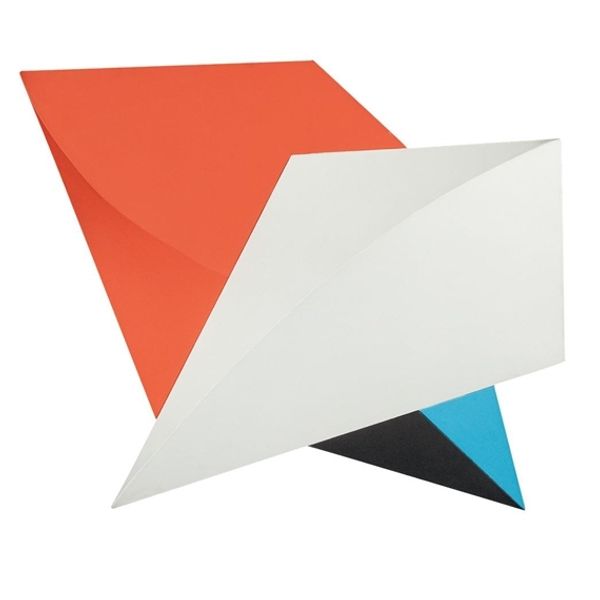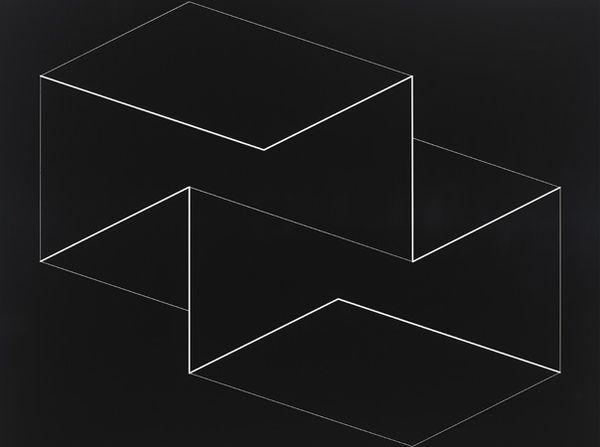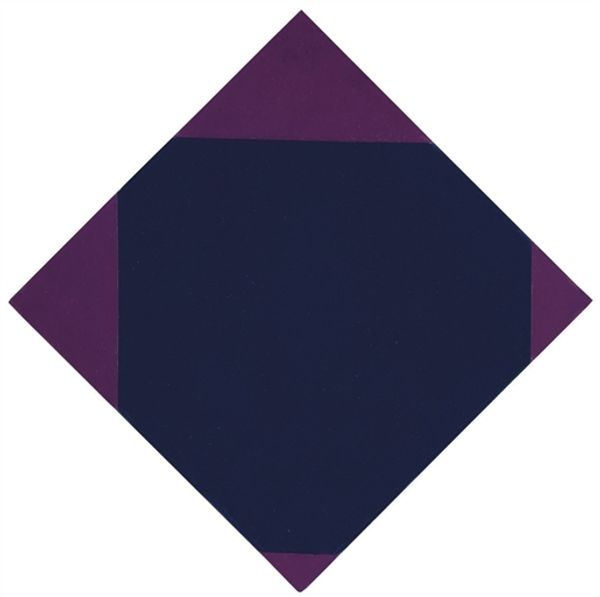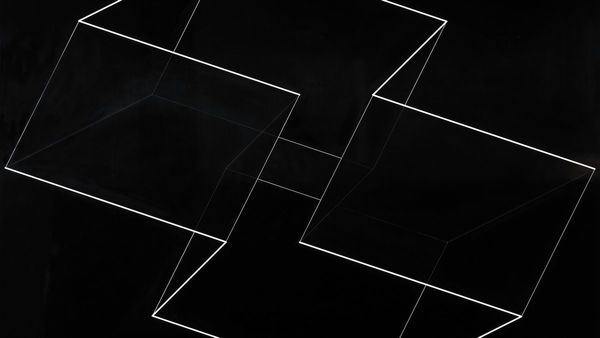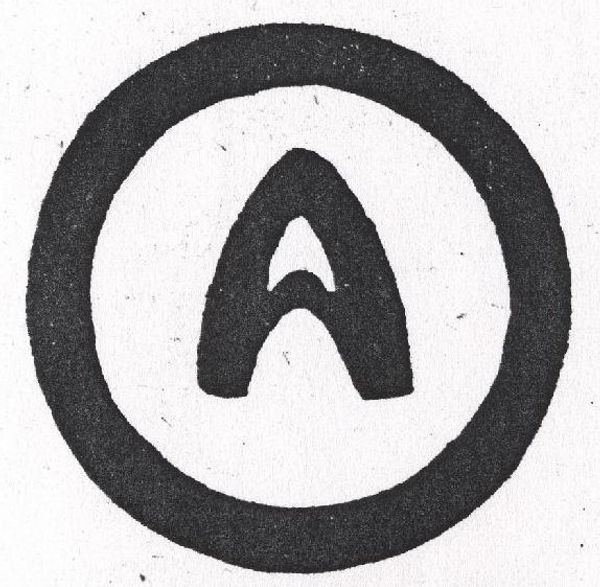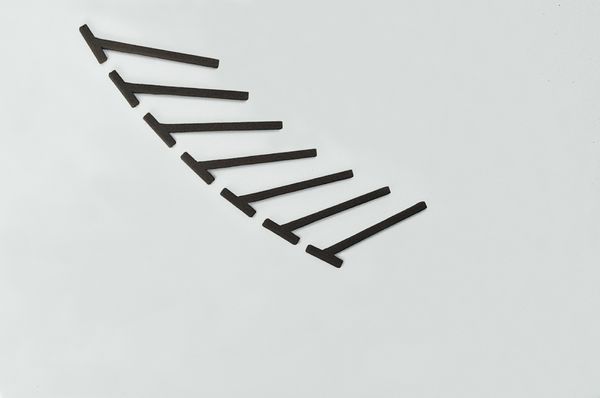
metal, found-object
#
metal
#
found-object
#
geometric
#
modernism
Dimensions: height 5.4 cm, width 8 cm
Copyright: Rijks Museum: Open Domain
Editor: Here we have “Steun behorend bij een bronzen penning”, made sometime between 1950 and 1990 using metal and a found object. It's so simple, almost industrial in its stark geometry. How do you interpret this piece? Curator: The object is striking because it presents us with questions about the role of support, both literally and figuratively. The geometric shapes reflect a mid-century modernist aesthetic. Given its production date, postwar culture is likely key. This was a time of rebuilding and rethinking social structures – could this object also represent how society literally “props up” commemorative or symbolic achievements of value, which could have political meaning at that time? Editor: That's interesting! So, it’s not just a stand; it also communicates some form of deeper meaning of institutional critique by showing how societies are propped up to support values. But the work itself doesn't seem to criticize that it plays an intentional social role, does it? Curator: The artist doesn't necessarily condemn it; rather, I see it as bringing attention to it by revealing the framework upon which certain important achievements stand to encourage critical awareness in the public space. The question becomes: What do we, as a society, choose to support? What do we allow to be shown publicly? Editor: So the very existence of this stand encourages a critical examination of values? Curator: Precisely. Art becomes a mirror reflecting our own socio-political biases. Editor: That's a cool interpretation; thanks for showing that we can learn about critical thought, even from seemingly ordinary objects.
Comments
No comments
Be the first to comment and join the conversation on the ultimate creative platform.
